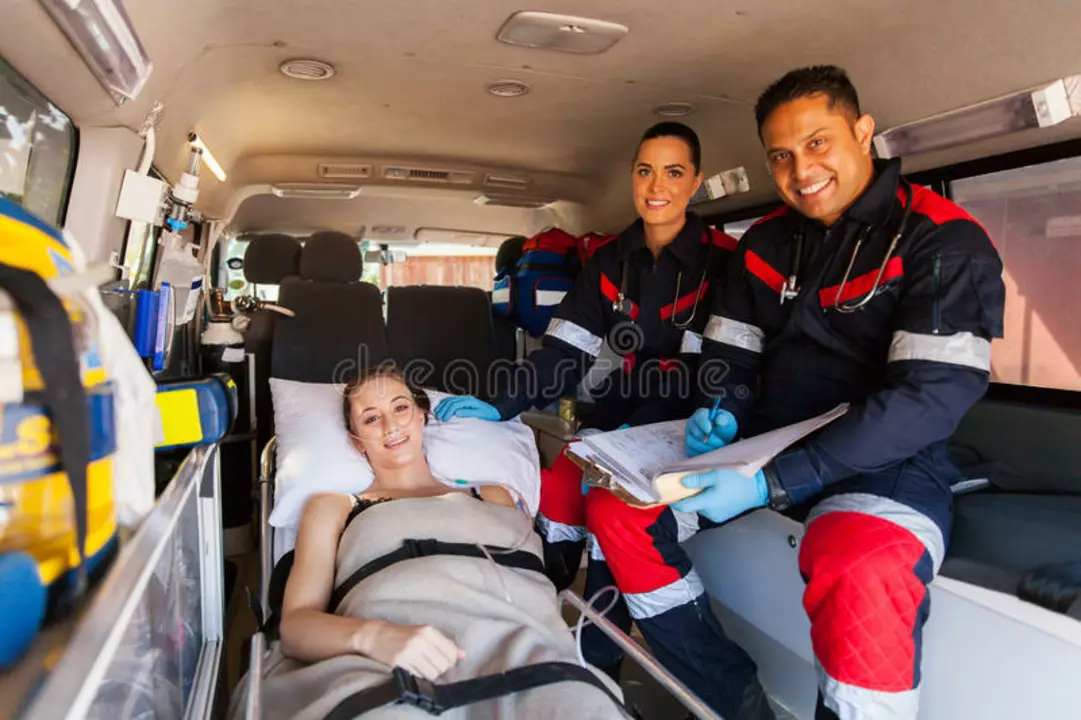Ambulance Services on the Race Track – What You Need to Know
If you love the roar of engines, the thrill of speed, and the smell of burnt rubber, you also need to know how safety works behind the scenes. The ambulance on a motorsport circuit isn’t just a white truck waiting for a call – it’s a lifeline that can mean the difference between a quick recovery and a serious injury.
Why a Dedicated Track Ambulance Matters
Racing happens at breakneck speeds, and crashes happen in seconds. A normal city ambulance might take minutes to reach a scene, but a trackside unit is positioned right where the action finishes. That means the crew can get to a rider or driver in under a minute, sometimes even faster. Those extra seconds matter when blood loss, broken bones, or burns are involved.
Track ambulances also carry equipment you won’t find in a regular ER van. Think spine boards designed for helmets, oxygen tanks for high‑altitude circuits, and defibrillators ready for cardiac emergencies. The staff are usually medics who have specific training for high‑impact injuries, so they know how to immobilize a rider without causing more damage.
How the Emergency Response System Works
When a crash happens, the first thing you’ll notice is the flagger or marshal signaling for help. They radio the control tower, which instantly alerts the ambulance crew. Most modern tracks use a GPS‑linked system that shows the exact spot of the incident, so the EMTs don’t waste time searching.
Once on site, the team follows a clear, step‑by‑step protocol: assess the scene, secure the rider, check breathing and circulation, and transport to the nearest medical facility. The ambulance is often paired with a medical helicopter for critical cases, giving a dual‑layer of rapid transport.
Fans also play a role. If you see a crash, stay back and let the professionals do their job. Getting too close can block the ambulance’s path and slow down care. Most circuits have signage reminding spectators to give the medical crew room to work.
At TrackMaster Motorsports, we’ve worked with several circuits to audit their ambulance readiness. We’ve seen first‑hand how a well‑trained crew and a properly stocked vehicle boost confidence for riders and teams alike. When riders know help is just minutes away, they can focus on the race instead of worrying about what might go wrong.
So next time you’re at a track, keep an eye out for the bright‑colored ambulance parked near the pit lane. It’s a sign that the event takes safety as seriously as speed.
Got questions about how a specific circuit handles medical emergencies? Drop us a line – we love chatting about safety gear, response times, and the latest tech keeping motorsports as safe as it is exciting.




